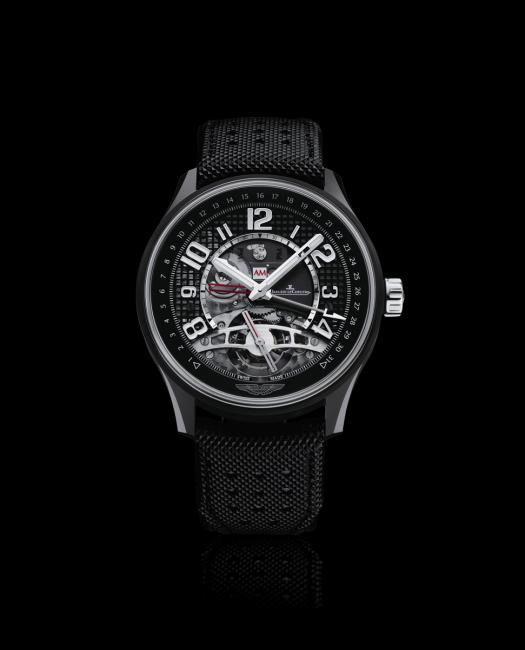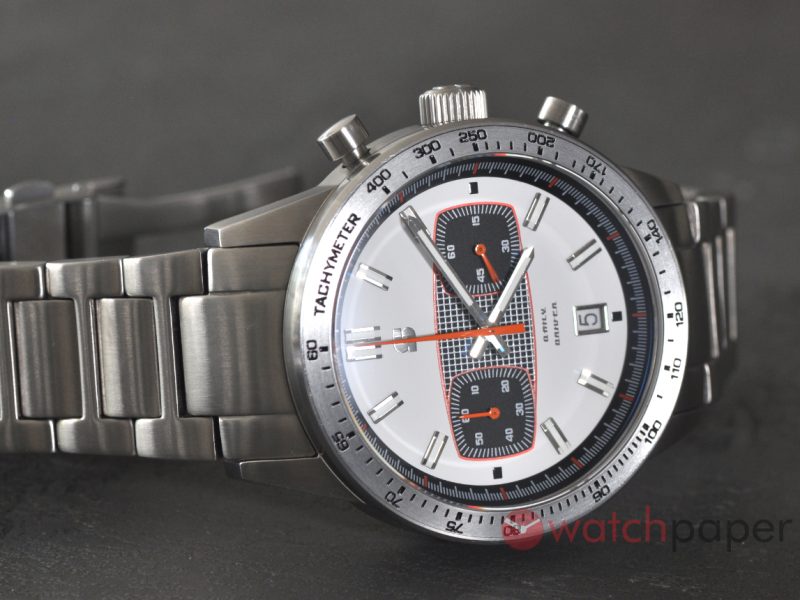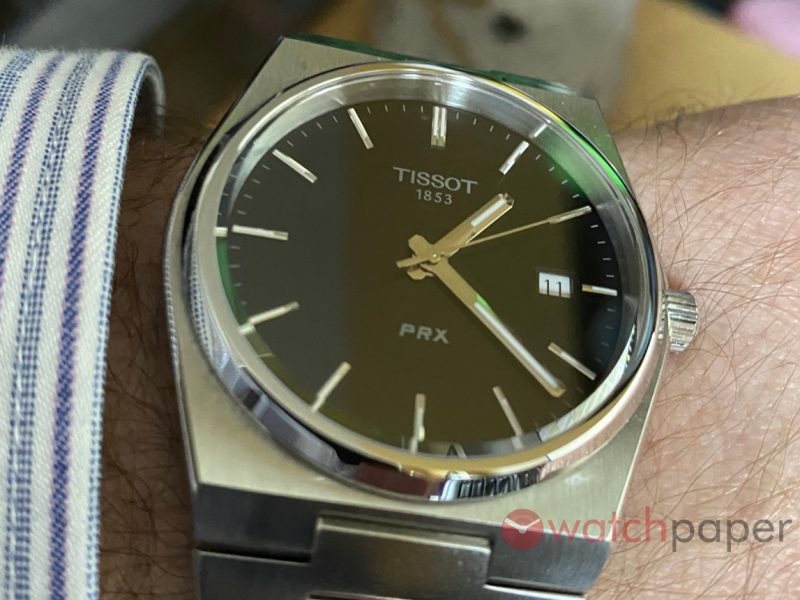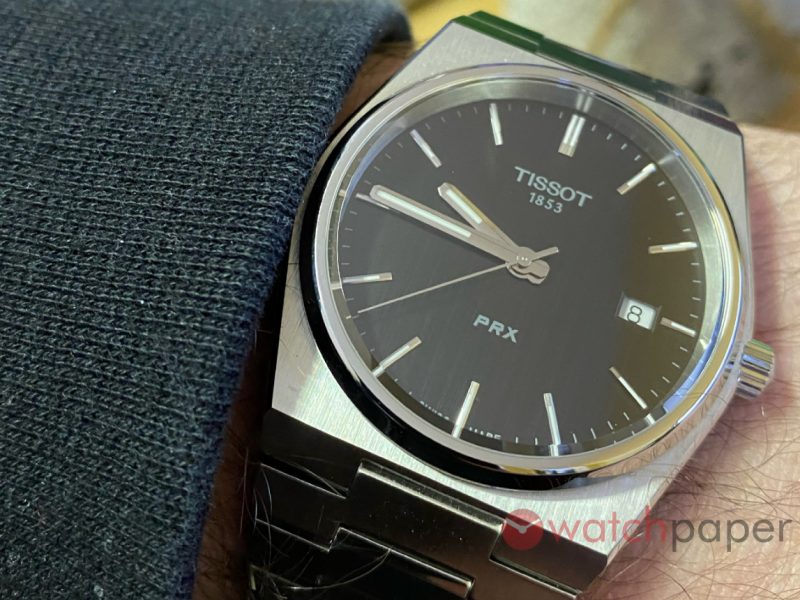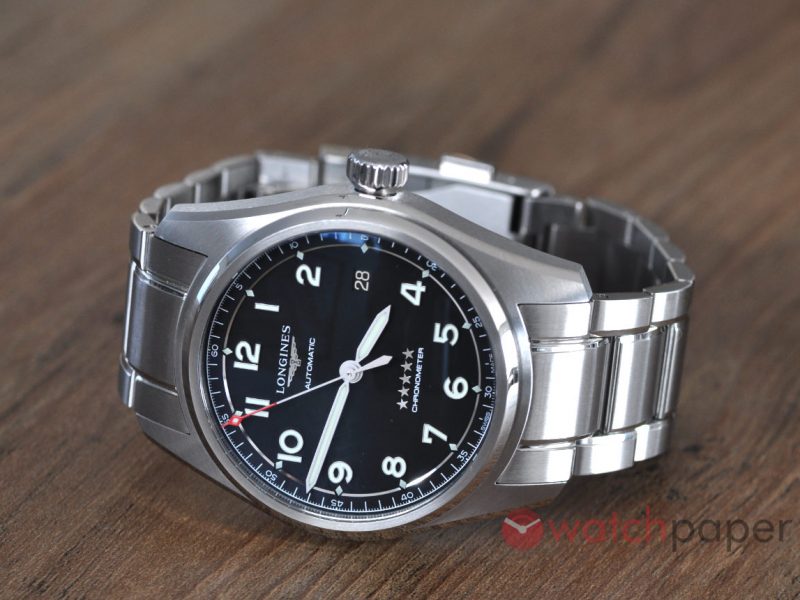Accuracy – Part I
So you just dropped 8 grand on an IWC. Good for you! I think you made a fine purchase and a great decision. And this is your first mechanical timepiece! Way to go! But wait – something must be wrong. After 10 days of running, your brand new eight-thousand-dollar IWC has gained 30 seconds. Your battery-powered quartz Bulova, on the other hand, is still dead-on.
Welcome to the world of mechanical timepieces.
In my first post, I mentioned how “expensive” mechanical watches (i.e. automatic or manual-wind) are usually far less accurate than their “cheap” quartz counterparts. But how accurate should a timepiece be? What is the norm? What should be expected from a timepiece that cost several thousand dollars?
So why is a mechanical timepiece not 100% accurate in the first place? Consider this – a mechanical watch is powered by spring. If it is an automatic, then the watch has a little mechanism where a rotor rotates as the watch moves, “automatically” winding the spring and keeping the watch ticking. A manual watch is also powered by a spring, but you have to manually wind the watch every couple of days to keep in ticking. The movement (the “engine” of the watch) can be made up of 100, or close to 200 tiny parts. As tiny parts move and rub together, there is friction. So you can see how such a mechanism can never be 100% accurate. It is just not possible. There are too many moving parts and variables that can cause inaccuracy. For example, as the spring uncoils and the power runs down, the level of accuracy will change. Temperature and even gravity have an effect on the movement, causing more inaccuracy. The very best mechanical movement in the world may be accurate to within 1 second per day, but it’s still not perfect. However, if a watch loses 10 seconds per day, it is still 99.99% accurate. That’s amazing, if you ask me. A tiny mechanical device with over 100 tiny components that is 99.99% accurate. Wow.
Of course, real watch connoisseurs crave mechanical watches, versus cheaper quartz watches, because of the craft and heritage and prestige that comes with a high end timepiece. A quartz is cheaper and is infinitely better at keeping time, but real watch guys want the satisfaction of wearing a complex and mechanical little machine on their wrist.
When I first started getting into mechanical watches, I was obsessed with accuracy. And power reserve. I would set the time and then measure it over a few days and I would freak out when it was losing or gaining too much time. I would return watches to the store for adjustment. I would also test the power reserve all the time and obsess about it much the same way. Then I bought an Oris. I read the instruction manual. It actually said that if the watch was running to within +/- 30 seconds per day, it was normal. No adjustment required. This got me thinking. Now, I am not saying that 30 seconds per day is an acceptable level of accuracy. But maybe running within 15 or 20 seconds is OK? Let’s explore this.
My own personal standard is that, when I am wearing a watch, it must show the time of day to within 1 minute of the true actual time. My Longines Legend Diver gains about 12-13 seconds per day, for example. So when I take it out, and I want to keep it running for 5 or days, I simply set the time 45 seconds behind the actual time of day. This way, after 6 days, my Longines will be about 30 seconds fast, but still within 1 minute of the true time of day. In practical terms, this is more than enough accuracy for me. Here is why:
I collect watches. It started when I saw Iron Man II. There is a cool scene where the main character is getting dressed for a black-tie event and his assistant brings him a case full of expensive watches to choose from. He chooses a Jaeger. That scene is so cool. So, ever since, I wanted my own collection. And after lots of buying and selling and trading, I actually have a case with 8 watches to choose from. I also have two winders that keep two automatic watches running while I wear others. I like to choose a different piece for different occasions and different outfits. So I almost never wear the same watch for more than 2 or 3 consecutive days. Unless I am going on vacation. In this case, I will set the watch ahead of or behind the true time according to the method described above. So for me, in practical terms, a watch that runs 20 seconds fast is fine. I’ll set it 45 seconds behind the true time, and after 5 days it will still display the time to within 1 minute of the true time.
For sure, if you spend a lot of money on a watch, you want the best accuracy possible. For sure. And my friends with Rolex and Blancpain speak of accuracy to within 2 or 3 seconds per day. But if you buy a $6,000 Omega and it’s gaining 10 seconds per day, what do you do? Well, you can take it back to the store and send it back to Omega under warranty. This is time and hassle and you won’t have your watch again for a few weeks. And when it comes back, instead of gaining 10 seconds, it will be losing 6 seconds. So what’s the point? You could easily live with a piece that gains 10 seconds per day.
Have you ever heard of COSC? It’s the Controle Officiel Suisse des Chronometres. This institute is actually responsible for certifying the accuracy and precision of Swiss watches. Read about them – it’s fascinating. Now, for a watch to be COSC-certified, it must run to within -4 to +6 seconds per day. Many watches are actually better than this, but not COSC-certified because a watchmaker must pay some large fees to have COSC certify their product. And many watchmakers feel that it is not a great selling advantage to have a COSC designation. But you will still see many watches with the COSC certification, such as certain Rolex, Omega and Panerai. So maybe the COSC standard of -4 to +6 seconds per day is a useful benchmark.
But let’s face it – we don’t wear mechanical timepieces to keep precise, accurate timing of scientific experiments. We wear them to enjoy, look cool and tell us the time of day within a reasonable range. And we often alternate between several different watches in our collection. So, for me, a mechanical piece that runs within +/- 20 seconds per day is fine. When it gets too far off the correct time, I’ll just alternate for another piece!
Yours truly,
TimeCaptain
Update: Watch accuracy — Part II, by WatchPaper editor Adam Sofineti


